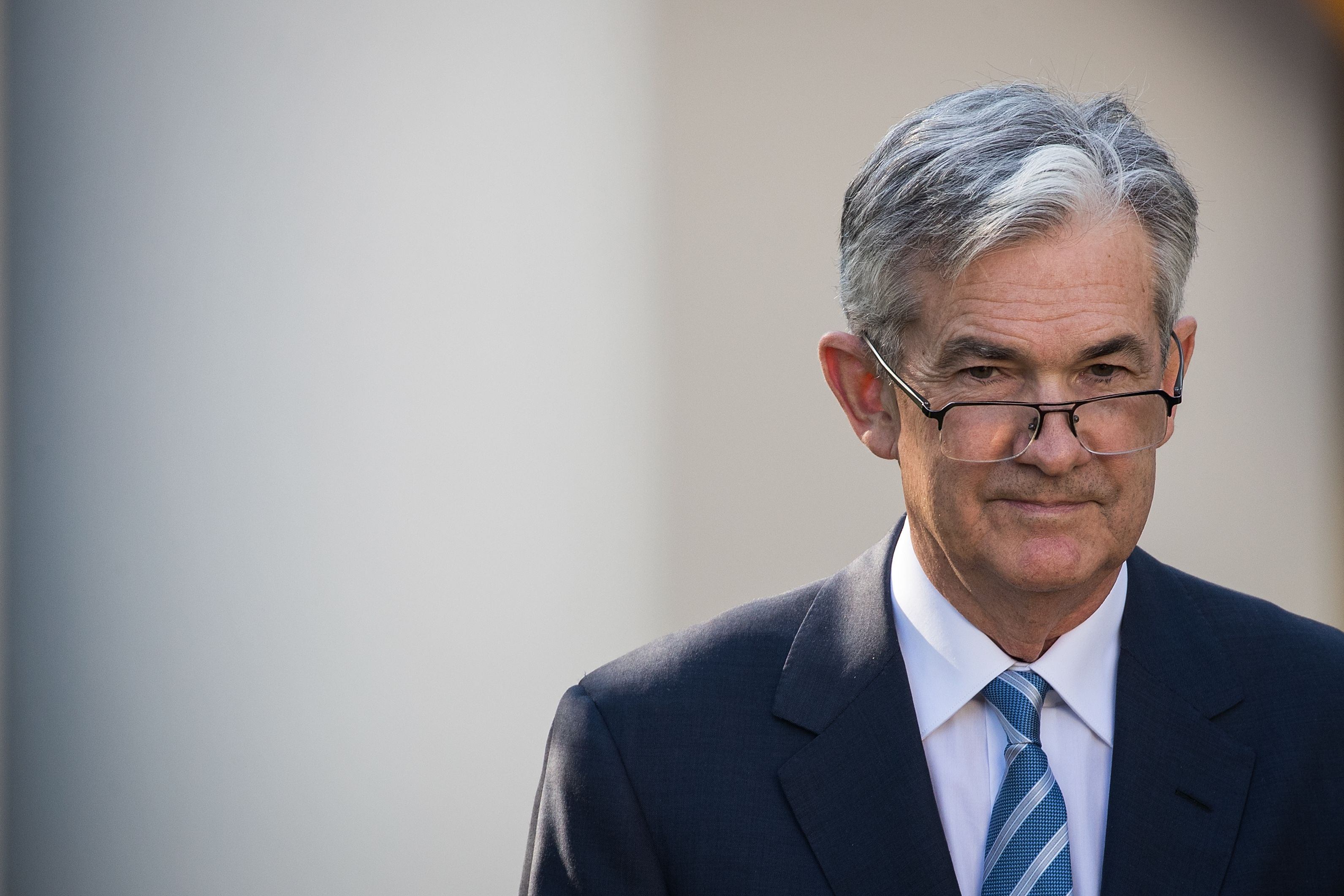Powell's first appearance after June CPI: no need to wait until inflation drops to 2% before cutting rates
Powell mentioned that while first-quarter economic data did not boost the Fed's confidence that inflation had fallen back to its 2 percent target, three second-quarter inflation reports, including last week's data, had boosted that confidence to some extent.
On July 15th, Federal Reserve Chairman Jerome Powell attended a luncheon at the Economic Club of Washington, D.C., where he provided significant forward-looking statements on the Federal Reserve's monetary policy.
This speech was also Powell's first public appearance since the Consumer Price Index (CPI) last week showed signs of cooling inflation. His remarks are under intense market scrutiny ahead of the Federal Open Market Committee (FOMC) monetary policy decision on July 31st. The key points of the speech are summarized as follows:
- Synchronization of Inflation and Economic Activity Slowdown
Powell noted that the synchronized slowdown of inflation and economic activity is essentially in line with the Federal Reserve's expectations. He emphasized that the Federal Reserve will not signal any specific FOMC meeting but will make monetary decisions according to the situation at each meeting. This indicates that despite the market's expectations for a rate cut heating up, the Federal Reserve will still maintain its decision-making independence and flexibility.
- Progress in Inflation and Strengthened Confidence
Although the economic data in the first quarter did not enhance the Federal Reserve's confidence in inflation returning to the 2% target, the three inflation reports in the second quarter, including last week's data, have to some extent strengthened this confidence. He particularly emphasized the good performance of the U.S. economy in recent years and the labor market entering a better and more balanced state.
- Labor Market and Dual Mandate
While focusing on inflation, Powell has also begun to pay more attention to the potential risks of weakness in the labor market. He pointed out that unexpected weakness in the labor market could also be another reason to take policy action. This shows that the Federal Reserve will consider the dual mandate of maximum employment and price stability when formulating monetary policy.
- Timing of Rate Cuts and Policy Lag
Powell reiterated that the Federal Reserve does not need to wait for inflation to fall to the 2% target before cutting rates. He explained that the impact of monetary policy has a lag, and keeping interest rates too high for too long will excessively suppress economic development. This statement is consistent with his remarks at the congressional hearing last week.
- Possibility of an Economic "Soft Landing"
In the Q&A session, Powell said that an "economic hard landing" is not the most likely scenario for the U.S. economy at present, and he believes there is a path to a "soft landing." He also mentioned that the neutral interest rate may have risen from the level during the crisis, and the FOMC's monetary policy still has some restrictiveness.
- Regarding the Federal Reserve's Position and Election Factors
In his speech, Powell confirmed that he will serve as the Chairman of the Federal Reserve until May 2026 and expressed that he feels very happy to hold this position. He also emphasized that the Federal Reserve's decisions will not be influenced by political factors and refused to discuss the market impact of Trump's assassination.
- Market Reaction
During Powell's speech, U.S. stocks generally maintained a positive response. Small-cap U.S. stocks rose nearly 2%, significantly leading the way. After Powell's speech ended, the gains of the three major U.S. stock indices narrowed. In addition, the yields of 10-year and two-year U.S. Treasury bonds fluctuated during the speech.
Spot gold and the U.S. dollar index fluctuated sharply. Spot gold's gains expanded to a daily high of $2439.75 per ounce at the beginning of Powell's speech, and the gains narrowed to 0.4% after the speech, closing in on $2420. Before Powell's speech, it had risen by 1% and broken through the $2430 mark; the U.S. dollar index DXY turned negative at the beginning of Powell's speech and fell towards 104, then recovered all losses and turned positive again, with the gains expanding to 0.13% to 104.23 after the speech ended. The U.S. dollar against the Japanese yen turned positive by 0.1% and returned to above 158, after diving to a daily low of 157.19.
As of the time of writing, according to the CME "FedWatch," the probability of the Federal Reserve keeping interest rates unchanged in August is 94.3%, and the probability of a 25 basis point rate cut is 5.7%. The probability of the Federal Reserve keeping interest rates unchanged in September is 0.0%, with a cumulative 25 basis point rate cut probability of 88.7%, a cumulative 50 basis point rate cut probability of 11.0%, and a cumulative 75 basis point rate cut probability of 0.3%.

·Original
Disclaimer: The views in this article are from the original Creator and do not represent the views or position of Hawk Insight. The content of the article is for reference, communication and learning only, and does not constitute investment advice. If it involves copyright issues, please contact us for deletion.